Butterfly valves are versatile flow control devices engineered for precision and reliable performance across a variety of industries, including water treatment, oil and gas, chemical processing, and power generation. Available in a range of configurations such as lug butterfly valve, wafer butterfly valve, and flanged butterfly valve, they cater to diverse system requirements.
High performance butterfly valves and triple eccentric butterfly valves offer exceptional sealing capabilities, making them ideal for high-pressure and high-temperature environments. Constructed from premium materials like stainless steel and ductile iron, these valves ensure durability and resistance to corrosion.

Designed for functionality, options such as the AWWA butterfly valve meet industry standards, while electric butterfly valve and motorized butterfly valve configurations provide automated flow control for enhanced efficiency. Additionally, actuated butterfly valve solutions, including air actuated butterfly valve and pneumatic butterfly valves, deliver seamless operation in automated systems.
With features such as precision engineering, optimal torque-to-seal performance, and adaptability to extreme conditions, butterfly valves provide robust and efficient solutions for any application.
-
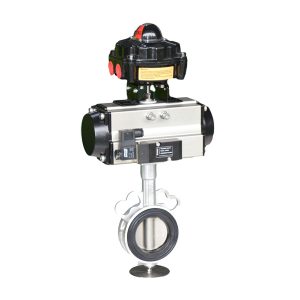
Air actuated butterfly valve? stainless steel
Read more -
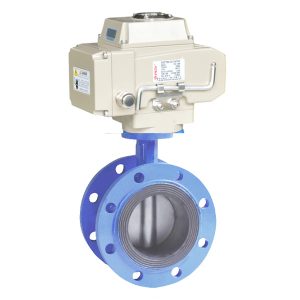
butterfly valve with actuator?
Read more -
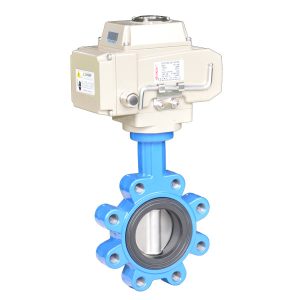
electric actuated butterfly valve?
Read more -

electric butterfly valve?
Read more -
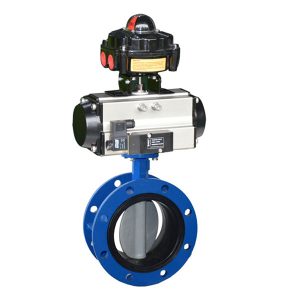
flanged butterfly valve? with pneumatic actuator
Read more -
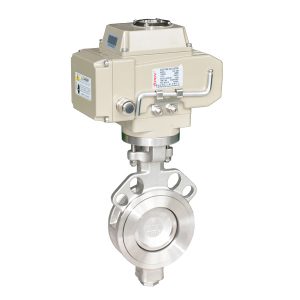
High performance butterfly valve with electric actuator
Read more -
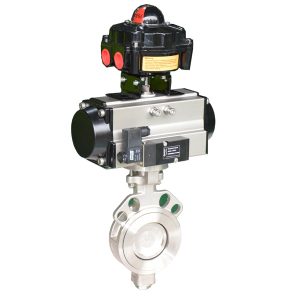
High performance butterfly valves? with pneumatic actuator
Read more -

lug butterfly valve with pneumatic actuator
Read more -

motorized butterfly valve? stainless steel 2″-60″
Read more -
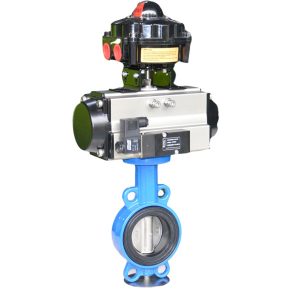
pneumatic butterfly valve DN50-DN150
Read more
FAQs
What industries commonly use butterfly valves?
Butterfly valves are extensively used across industries such as water treatment, power generation, oil and gas, chemical processing, food and beverage, HVAC systems, and marine applications. Their versatility and reliable performance make them essential for controlling flow in pipelines handling liquids, gases, and slurries.
How do butterfly valves function?
Butterfly valves use a rotating disc to regulate flow within a pipeline. The disc turns on a shaft, allowing it to be positioned parallel (open) or perpendicular (closed) to the flow. This simple yet efficient design ensures quick actuation and precise flow control.
Are butterfly valves suitable for corrosive or abrasive environments?
Yes, many butterfly valves are designed with corrosion-resistant materials such as stainless steel, ductile iron, or alloys like Hastelloy. Resilient seat or lined butterfly valves also safeguard against chemical attacks, ensuring long-lasting performance in harsh environments.
What are the advantages of actuated butterfly valves?
Actuated butterfly valves, whether pneumatic or electric, offer enhanced control and automation. Pneumatic actuators provide rapid, reliable operation, while electric actuators are ideal for precise and programmable settings. These features improve efficiency and safety in complex systems requiring frequent and accurate control adjustments.
What applications require high performance butterfly valves?
High performance butterfly valves are suited for applications with extreme temperatures, high pressures, and the need for zero-leakage performance. They are frequently used in steam, cryogenic systems, and high-risk media like flammable gases or corrosive chemicals
Butterfly valve pdf catalog download


Wafer butterfly valves? ? ? ? ? ? ? ? ? ? ? ? ? ?Lug butterfly valves
